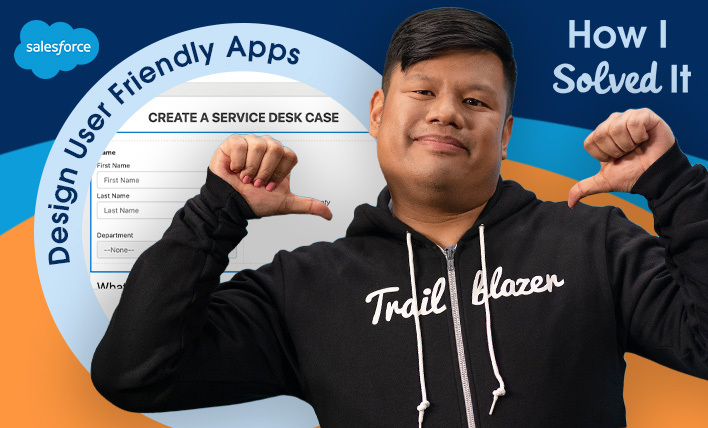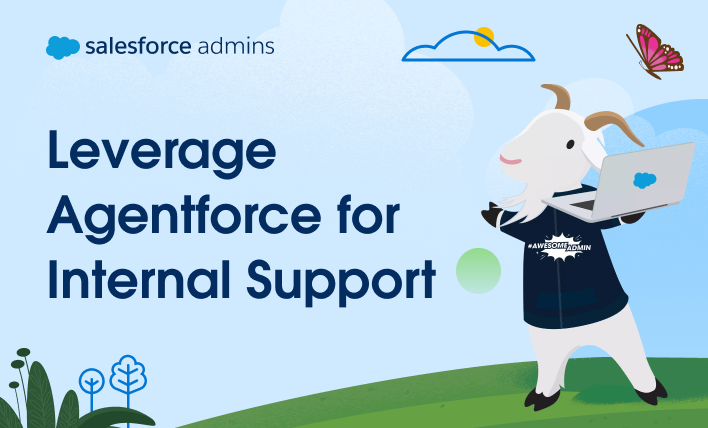In this episode of “How I Solved It” on Salesforce+, #AwesomeAdmin Brittanee Charles solves a disconnected sales process using custom objects, Flow, and App Builder. Learn how she approached building her solution and her tips for developing admin skills. The problem We had two different sales processes in our organization: land sales and home sales. […]






